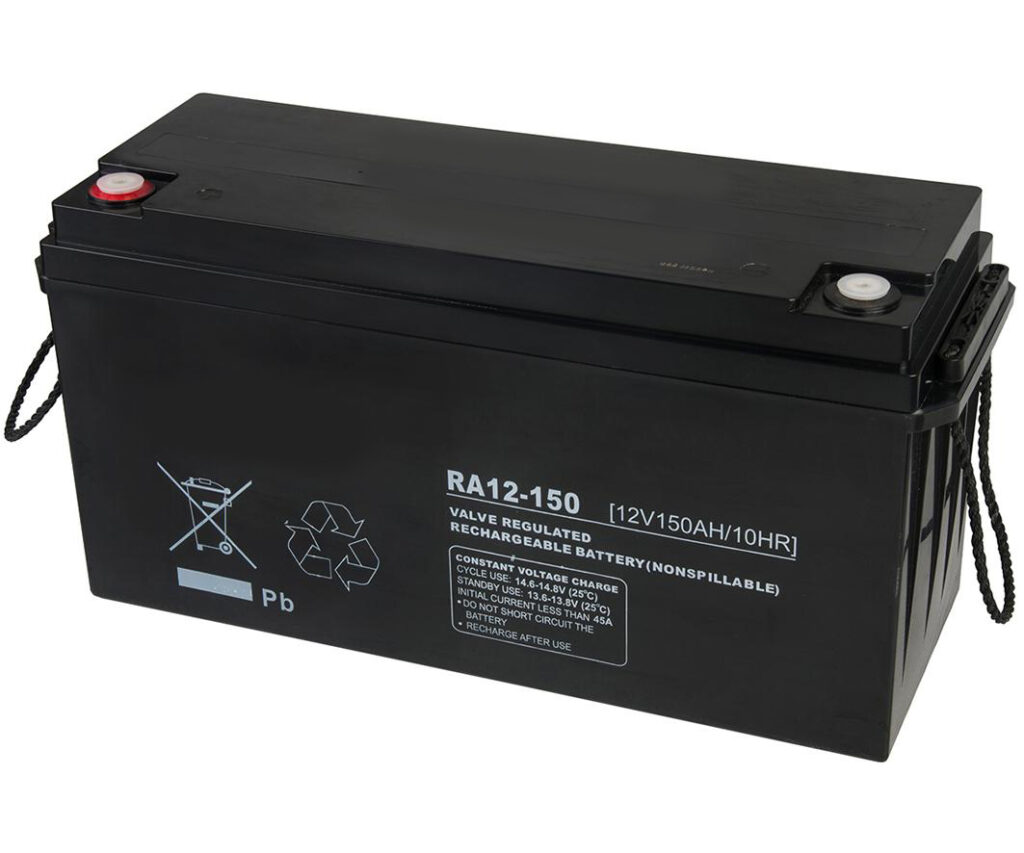Valve Regulated Sealed Lead-Acid (VRLA) batteries, also known as sealed lead-acid (SLA) batteries, are a type of lead-acid battery that is designed to be maintenance-free and sealed to prevent electrolyte leakage. They are commonly used in applications where a reliable and maintenance-free power source is required, such as backup power systems, emergency lighting, and uninterruptible power supplies (UPS).
The term “valve regulated” refers to the design of the battery, which includes a pressure-relief valve that allows excess gas to escape if the internal pressure becomes too high. This valve is typically sealed and not user-serviceable, which is why VRLA batteries are considered maintenance-free.
There are two main types of VRLA batteries:
- Absorbent Glass Mat (AGM) Batteries: In AGM batteries, the electrolyte is absorbed into a fiberglass mat, which is sandwiched between the battery plates. This design allows for a higher power density and faster charging rates compared to traditional flooded lead-acid batteries. AGM batteries are commonly used in applications where high power density and fast charging are required, such as UPS systems and emergency lighting.
- Gel Batteries: Gel batteries use a gel electrolyte that is immobilized within the battery. This design prevents the electrolyte from spilling or leaking, even if the battery is tipped or inverted. Gel batteries are commonly used in applications where high reliability and long service life are required, such as solar power systems and telecommunications.
Both AGM and gel batteries are considered maintenance-free and sealed, making them suitable for a wide range of applications where reliability and ease of use are important. However, it is important to note that VRLA batteries can be sensitive to overcharging and should be used with a suitable charging system to prevent damage and maximize their service life.


